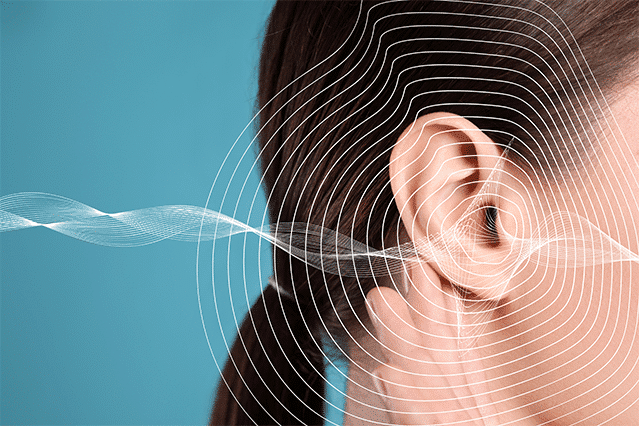For most people, silence offers comfort. A quiet room, a peaceful walk, a moment of stillness at the end of a noisy day. But for someone living with tinnitus, silence is never truly silent. Instead, it’s filled with a persistent ringing, buzzing, humming, or whistling sound that only they can hear. Over time, that sound can do more than irritate. It can deeply affect mental health, emotional balance, and overall quality of life.
Tinnitus is often dismissed as a minor ear problem, something to be tolerated. But if you speak with someone who’s been dealing with it for months or years, you’ll hear a different story. Chronic tinnitus does not just reside in the ears. It can settle into the mind, subtly influencing everything from mood and sleep to concentration and social interaction.
The Weight of Constant Noise
Tinnitus isn’t just a sound. It’s an interruption. And it’s relentless. The brain, designed to focus and filter, begins to spend more energy just trying to ignore that background noise. This constant internal distraction can wear down a person’s ability to stay present, focus at work, or even enjoy simple pleasures like reading or resting.
When someone can’t escape the noise, their nervous system often stays in a state of heightened alertness. Over time, that sustained stress response can trigger symptoms of anxiety or worsen existing ones. Heart racing, tension in the shoulders, restlessness, and irritability become common companions. The body and mind are not designed to be in fight-or-flight mode all day, but for those with severe tinnitus, that’s sometimes what life feels like.
Sleep: The First Casualty
One of the first things many tinnitus sufferers report losing is restful sleep. When the distractions of the day fall away and the world grows quiet, the inner ringing becomes even more noticeable. What might start as trouble falling asleep can quickly turn into full-blown insomnia. Without enough sleep, mood stability begins to erode. The brain’s ability to manage emotion, think clearly, and make decisions is compromised. That lack of rest can also intensify the experience of tinnitus itself, creating a vicious cycle that’s hard to break.
Isolation and Social Strain
Tinnitus is invisible. There’s no cast, no scar, no visible cue that something is wrong. For this reason, people often feel alone in their suffering. It’s easy for others to underestimate how disruptive tinnitus can be. This misunderstanding can make it hard for those with the condition to explain what they’re going through. Some begin to withdraw from social gatherings, avoid loud environments, or turn down invitations simply because their tolerance for overstimulation or strain is too low.
And the more a person isolates, the more vulnerable they become to depression. Human connection is a buffer against sadness and stress. Without it, the emotional burden of chronic tinnitus can become even heavier.
When It Feels Like Nothing Helps
Perhaps the most disheartening part of tinnitus is the uncertainty. For many, there is no clear cause and no known cure. That sense of helplessness can quietly evolve into hopelessness. People try white noise machines, dietary changes, sound therapy, and still, the ringing remains. This leads some to believe they must simply “live with it,” even when the psychological toll becomes too steep.
For individuals already struggling with anxiety or depression, tinnitus can act as an amplifier, pushing symptoms to the surface. And for others, it becomes the unexpected trigger that ushers in their first experience with mental health challenges.
Finding a New Kind of Support
Living with tinnitus requires more than physical ear care. It demands emotional and psychological support as well. Talking with a counselor, therapist, or psychologist who understands the mental impact of chronic conditions can make a meaningful difference. Therapy helps reframe the experience of tinnitus, reduce the distress it causes, and build coping strategies that restore a sense of control.
Mindfulness practices, though not a cure, have shown promising effects in helping individuals change their relationship with the sound. By learning to observe without judgment, some people find that the ringing loses its sharp edge. And when used in conjunction with cognitive behavioral therapy, mindfulness can support the reduction of both anxiety and depression symptoms.
A Sound You Didn’t Ask For, But Can Learn to Live With
There’s no denying that tinnitus changes things. But it doesn’t have to define everything. The sound may remain, but the way you relate to it can shift. With time, support, and the right resources, the mental burden of tinnitus can be lightened. It begins with recognizing that the struggle is valid. That the impact is real. And that help is available.
You are not alone in this. Millions are learning how to live with the noise and still build lives filled with joy, connection, and peace. The journey may start with a ringing ear, but it can lead to a stronger mind, a deeper sense of resilience, and a renewed commitment to your well-being.




